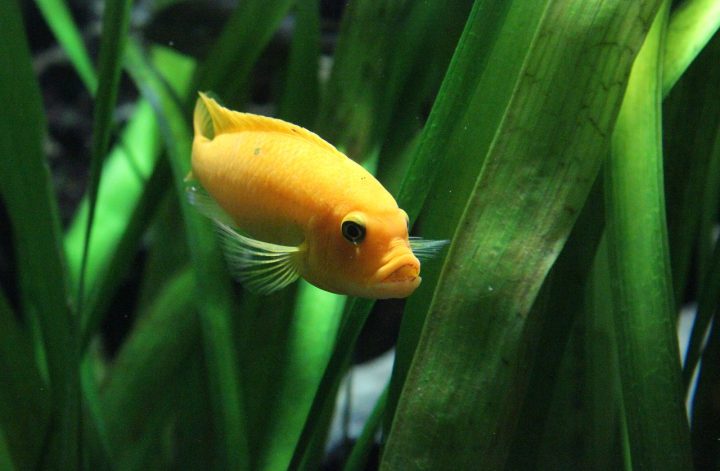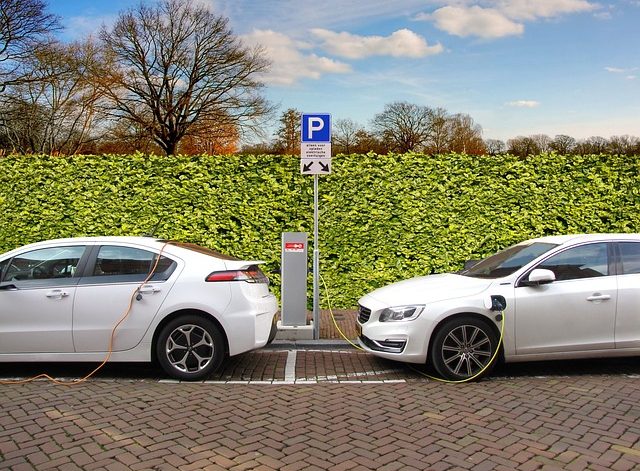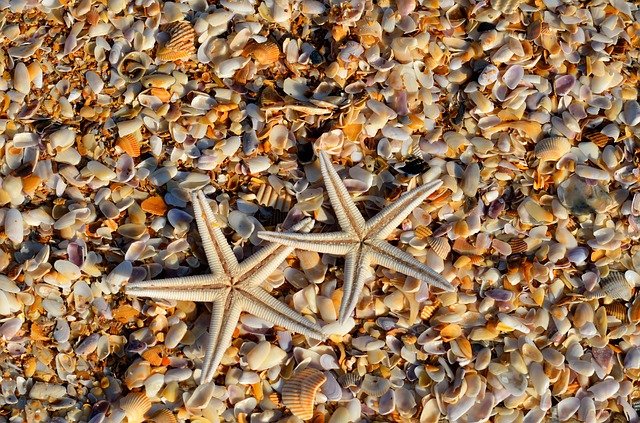What is meant by ‘Seaweed Farming’?
Simply put, seaweed farming refers to the farming or growing of seaweed -or kelp as it is alternatively known as- underwater. The term refers to general flowering plants submerged in the waters usually in seas and oceans including all sorts of grasses and even marine algae. Seaweed farming can take place from winter, when they remain submerged 4 to 8 feet below until they grow to tall heights in spring season ready to be harvested.
Long-line cultivation methods are typically used across Asia where they are strung along lines and anchored down to the ocean floor in at least waters with depths of 7 meters. There are different methods, however, to farm seaweed at different times of low tides and different species of seaweed.
Seaweed aquaculture is generating a growing interest worldwide due to its many benefits and the fact that it can aid in mitigating climate change. It is grown mostly be China, South Korea, North Korea, Japan, Malaysia. It is the fastest growing aquaculture sector in the world currently as an alternative to fishing practices due to its high demand for various products used by humans.
Importance and Benefits of Seaweed Farming- How it can Aid in Combating Climate Change
- Carbon Sequestration: Seaweed farming is becoming popular for a number of reasons but mainly because it is a carbon negative crop. This means that it has the capacity to capture carbon dioxide from the surrounding ocean water and act as a sink for long time storage in deep ocean waters. Although some carbon from the seaweed is re-mineralized and rereleased into the ocean that ultimately becomes part of the food web benefiting the ocean’s ecosystem. However, the remaining of the carbon is stored within and can remain so for a long time.
- Climate Change Mitigation: Due to acting as a sink for carbon it can greatly help reduce/mitigate the effects of the increasing concentrations of CO2 in the atmosphere/ocean by storing it.
- Used in Human Industries: Many human industries require the use of seaweed; apart from being consumed as food in China, Korea, Japan, Malaysia and many other countries, it is also used in cosmetics, fertilizers and even livestock feed (there have been attempts to monitor if seaweed addition to livestock feed can reduce methane emissions from enteric activities in cattle- however this has not yielded in any fruitful results as of yet).
- Reduce Ocean Acidification: Seaweed farms underwater can help in the improvement of water quality around where the seaweed is growing, thus simultaneously reducing the effects of ocean acidification by buffering the pH which can result due to lower concentration of CO2 in the ocean waters. This will greatly benefit species and pH sensitive ecosystems or aquatic creatures.
- Seaweed Biofuels: Instead of using or opting for land-based biomass biofuels or fossil fuel based fuels even, seaweed biofuels provide us with an option that can help mitigate carbon from the atmosphere. However this can only benefit if there are also seaweed based replacements for other emission intensive products like synthetic proteins and fertilizers used in farming practices. Moreover, cost and energy efficiency needed to convert seaweed into fuels is still a limiting factor and this has been implemented only on experimental or pilot project scale. But, it is safe to say that it holds a large potential to be used as a biofuel.
- No Land degradation: Unlike land-based cultivation, land degradation doesn’t have to take place for seaweed farming. This is because it does not require landscape changing tilling or other modern agriculture practices. It is capable of being farmed in vertical water columns- a technique called “3D Farming”. This allows the seaweed to grow to heights of around 10 feet by spring season when they are ready to be harvested.
Related: Occupational Health Risks and Hazards Related to Agriculture
Also check out: http://Hydroponics – The Future of Agriculture? - Increase Marine Biodiversity: Seaweed farms have the potential to enhance marine biodiversity when they are grown in a generally uninhabitable or less complex habitat such as sandy bottoms of ocean floors and they can do the opposite if grown in naturally diverse or complex habitats. Therefore, growing seaweed in uninhabited parts of the ocean can serve positively for the species and marine ecosystem.
- Reduce Eutrophication Effects: Seaweed has the capacity to absorb pollutants from the water including excess nutrients that are driven off from the surface or land from various agriculture practices such as: nitrogen or phosphorous- as seen in China where it is estimated that seaweeds absorb around 8% if the phosphorus that runs off from the land and approximately 6% of the nitrogen inputs.
Drawbacks & Conclusion:
Seaweed farming can also have potential negative impacts if not down carefully with proper knowledge and facts. For instance, it can lead to competition with natural habitats for light and food (they are weeds after all,), spread of diseases, invasive species, entanglement of species and aquatic creatures dur to seaweed farming ropes.
However, these risks are possible to mitigate by carefully selecting seaweed farming sites, better studies and research to mitigate biological/ genetic contamination that could possibly result from it.
Therefore, it is safe to say that seaweed farming poses as a benefit to ecosystems and ocean habitat as well as mitigate effects of climate change by expanding seaweed levels in the ocean (underwater afforestation) and can continue to improve water quality levels and pollutant removal from the local waters where they are planted in as seaweed farming is found to be an extractive kind of aquaculture. This means that it extracts inorganic nutrients, carbon dioxide from its surroundings instead of doing the opposite. It will be interesting to see how this plays out as there is a huge potential for business, reducing burden on the fisheries industry, and benefiting the climate as well.
Check out: World Fisheries And Impacts Of Fishery Over-Exploitation
Also see: Impact of Marine Species Harvesting Industry on Environment
I hope you all liked this post! Please comment below if you have any suggestions, comments, or feedback! We at #envpk love hearing from our readers! Thanks!




